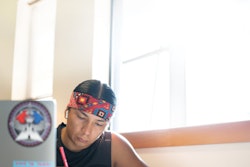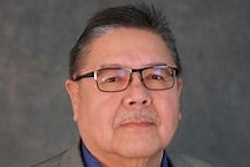WASHINGTON, D.C.
Higher education can drive economic and social development for all American Indian communities, according to a recent study released by The Institute for Higher Education Policy.
The report, “The Path of Many Journeys: The Benefits of Higher Education for Native People and Communities,” in collaboration with the American Indian Higher Education Consortium and the American Indian College Fund, shows how higher education can benefit tribal communities.
According to the study, almost 28 percent of American Indians age 25 and over had not graduated from high school in 2004. By comparison, 15 percent of the general American population in 2004 had not earned a high school diploma by age 25. American Indians have also faced challenges at traditional higher education institutions, largely caused by the rampant poverty in Native communities. Most students at tribal colleges and universities come from families that make just under $14,000 per year. The poverty limit for a family of four in 2005 was $19,971, according to the U.S. Census Bureau. American Indian students were most likely to receive federal aid (around 50 percent), and were more likely to receive grants (59 percent) than loans (32 percent).
“Many American Indians must work to support themselves and their families, and may be expected to give back to their communities as well,” says Alisa F. Cunningham, the lead author of the study. “Attending college often means that students must either decrease the time they spend at work or attempt to do both, which increases the likelihood that they will drop out.”
The report made several recommendations to address these obstacles, such as increased federal funding for financial aid programs like Pell Grants and other student and learning outcome programs. The study also urged state governments, mainstream colleges and universities, community organizations and the K-12 system to increase outreach efforts towards tribal students.
“Increasing the number of American Indian postsecondary graduates will not only assist in their personal development but also contribute to the economic and social welfare of the nation as a whole. However, it will be difficult to reach the goal unless more funds are directed to support systems that have proved effective in the past,” says Jamie P. Merisotis, president of IHEP.















